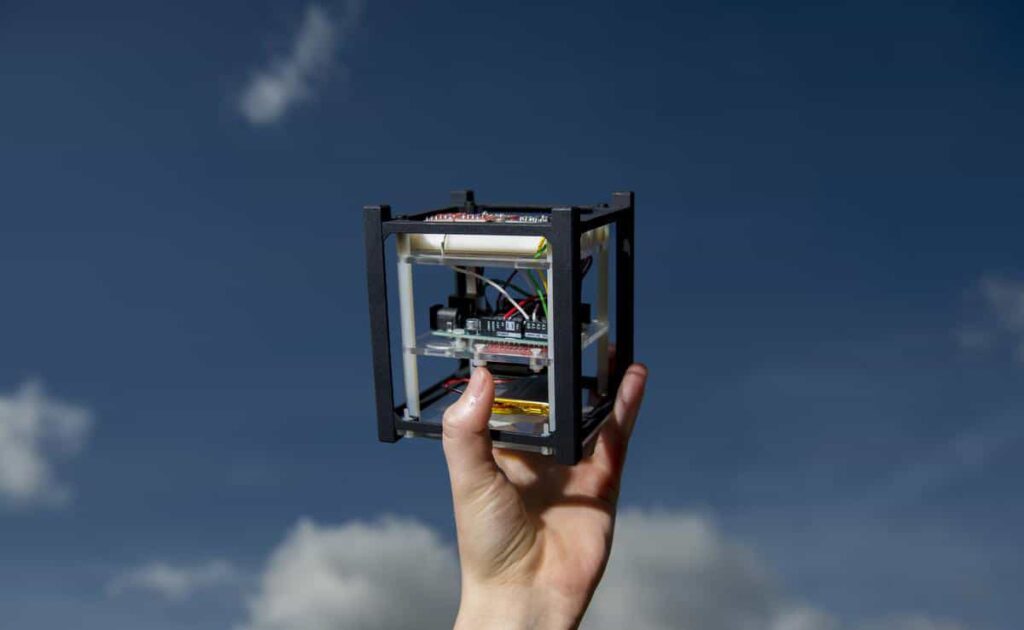In a remarkable breakthrough from eastern India, two undergraduate students—Snehadeep Kumar and Mohit Kumar Nayak—are making headlines by developing the prototype for India’s first gamma-ray-detecting CubeSat, an affordable, compact satellite designed to detect high-energy cosmic radiation. This feat, executed under their startup Nebula Space Organisation, reflects a significant stride toward democratizing space research in the Global South.
The duo, both in their early 20s, hail from modest backgrounds and are currently pursuing their undergraduate studies in Odisha. Their project, named GammaRay–1, is an ambitious attempt to construct a small yet efficient satellite platform capable of detecting gamma rays and contributing data to international space missions. With CubeSats traditionally built at costs upward of ₹40 lakh, the students have drastically reduced expenses to an estimated ₹8 lakh, using frugal innovation and locally sourced components.
A Low-Cost Revolution in Space Tech
Unlike traditional CubeSats, which are typically the domain of elite research institutions and well-funded space agencies, Kumar and Nayak’s innovation represents a bold shift. “We wanted to prove that space technology doesn’t have to be expensive or out of reach for Indian students,” said Snehadeep, who also serves as the project’s systems engineer.
They designed their prototype using aluminum for the frame, while much of the structural assembly was 3D-printed—a conscious effort to combine resilience with cost-efficiency. Their satellite adheres to the standard 1U CubeSat format (10x10x10 cm) and is capable of gathering data related to gamma-ray bursts, solar flares, and other cosmic phenomena.
Nebula Space Organisation: A Student-Led Vision
What started as a student project has evolved into Nebula Space Organisation, a startup that aims to make space technology accessible to academic institutions across India. “Our goal is not just to build one satellite. We want to empower hundreds of students to work on space missions, right from their college labs,” said Mohit, the software lead on the project.
In line with the government’s thrust on space privatization and youth innovation under programs like IN-SPACe and Anusandhan National Research Foundation, Nebula’s work could serve as a launchpad for more grassroots-driven space R&D in India.
Looking Ahead: Launch Plans and Scientific Potential
The team is currently in discussions with ISRO and private satellite launch providers to send GammaRay–1 into low Earth orbit within the next 12–18 months. Once deployed, the CubeSat will relay high-frequency cosmic radiation data, contributing to global astrophysics databases and supporting disaster warning systems.
Their mission also includes long-term plans to build an ecosystem of student-led satellite development hubs in state-run colleges, supported by mentorship, open-source design blueprints, and strategic public-private collaborations.
“This is not just about one launch,” said Snehadeep. “It’s about creating a movement where young Indians lead the way in cutting-edge space science.”


